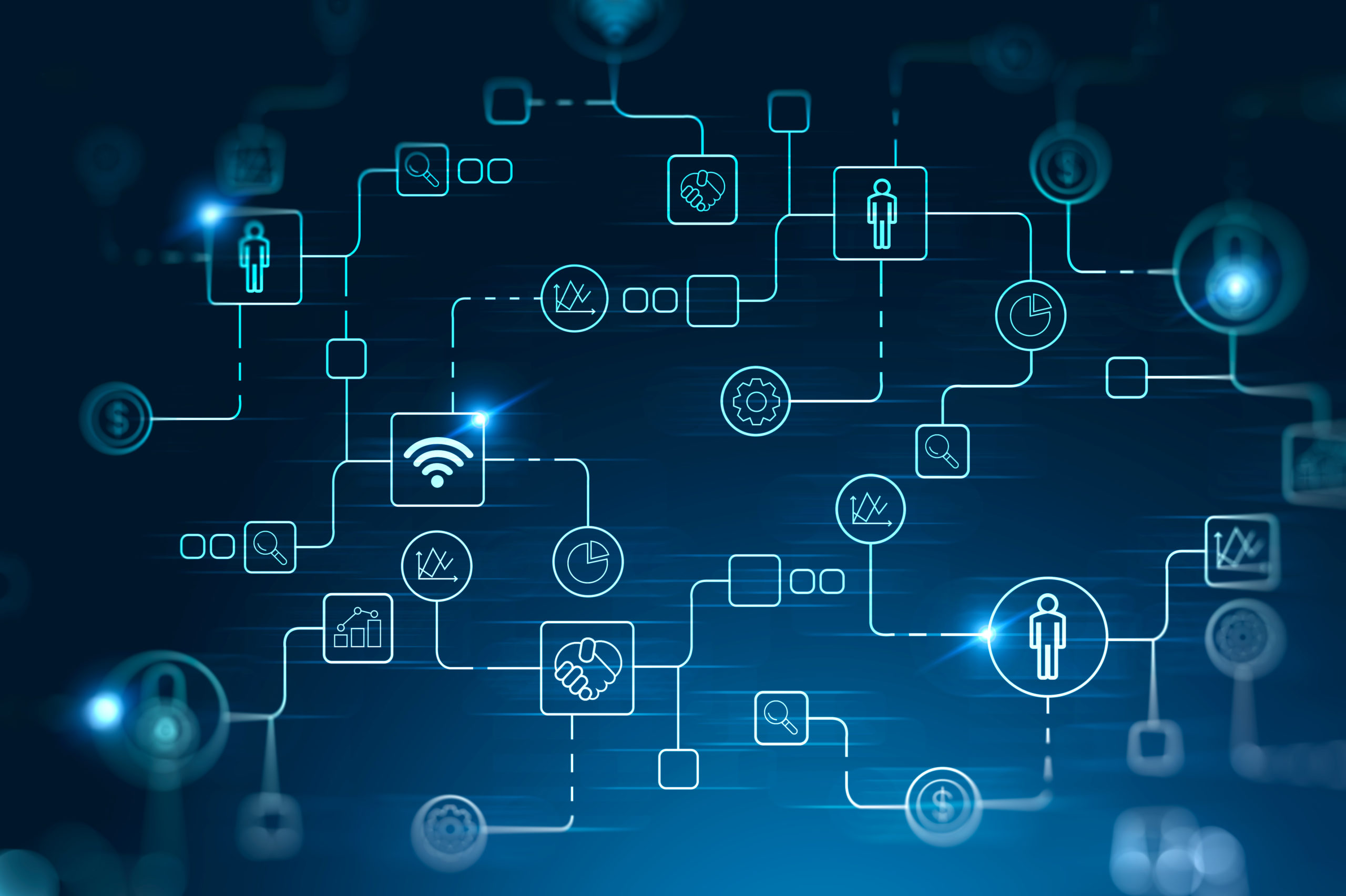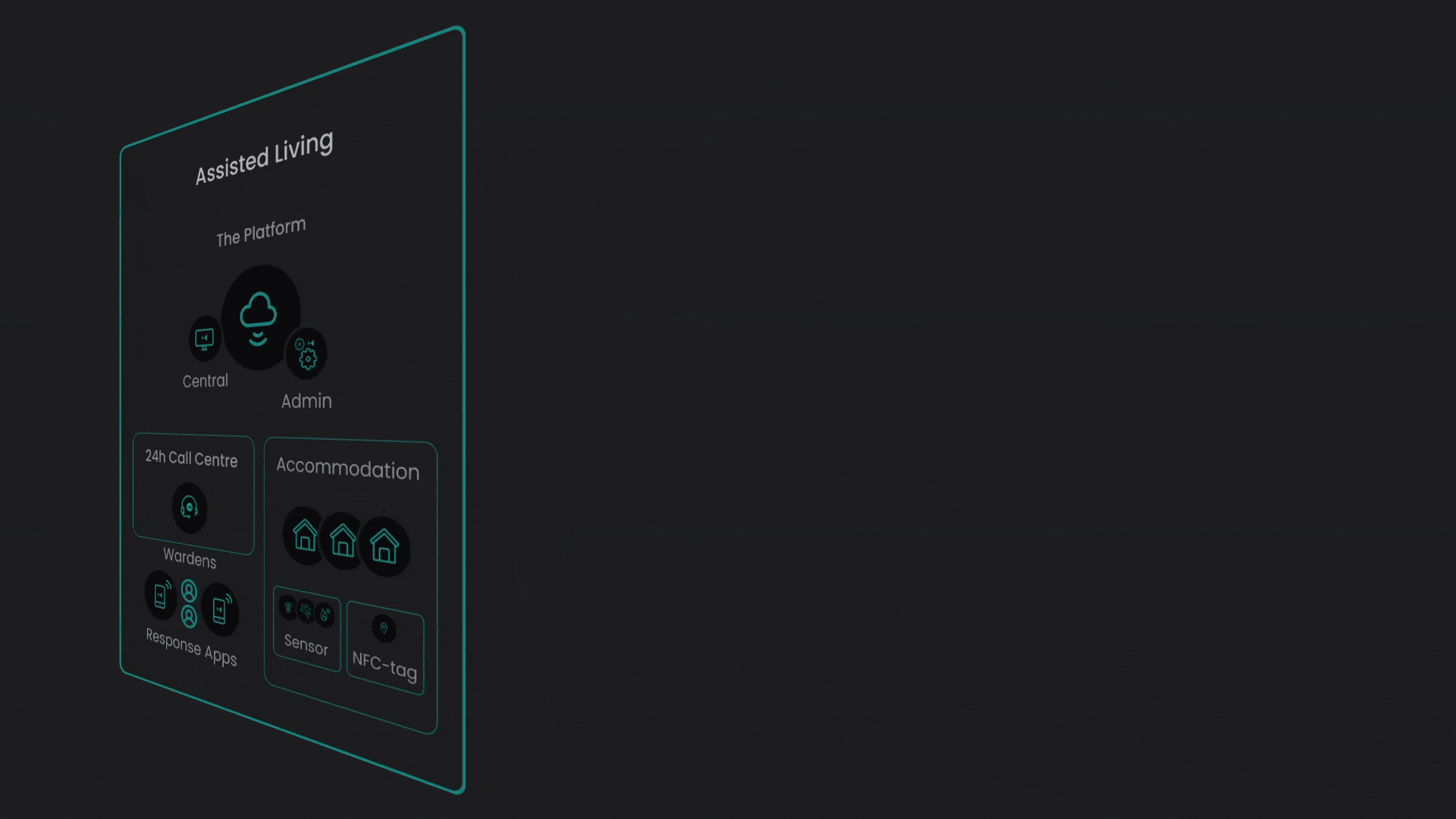While your current alarm system might be just fine by the old and outdated standards, there are several reasons and factors to look into when evaluating the need to update and upgrade your current system. You may be looking for more customised options, a more safe and secure platform, or a faster and more responsive alarm system.
Old and outdated alarms can also start malfunctioning when not attended to regularly, since these systems still rely on manual and tedious processes for maintenance. Simply put, these old systems might not be able to reliably meet your safety and security needs.
Technology enabled care today
Technology enabled care (TEC) is the term used to describe and refer to telecare, telemedicine, and digital health care services. With the advancements and innovations in TEC today, both patients and care providers now have access to tools, platforms, and systems that provide more reliability, efficiency, and effectiveness when compared to outdated analogue solutions. These new TEC solutions can all be utilised and implemented to improve patient safety. Having said that, the benefits of migrating to a digital platform also apply to social alarms, and these advantages provide compelling reasons to move away from outdated analogue systems.
Given these points and circumstances, here are 5 signs that it’s time to update and upgrade your alarm system:
1. Your alarm system is not able to meet new and modern safety standards
Your alarm system today may still be fully functional, but having a system that is still reliant on analogue technology has several drawbacks such as maintenance cost, reliability issues, and outdated systems and processes. Moreover, analogue alarm systems are seeing increasingly higher failure rates, which puts users at risk, especially the elderly.
2. Manual updates to alarm systems are becoming inefficient
The maintenance of analogue systems relies mostly on manual processes while digital alarm systems, as mentioned earlier, are easier to maintain. With a digital platform, software and firmware updates can be delivered almost instantaneously, with minimal human intervention. This, in turn, leads to much lower downtime and a reduction in maintenance costs.
3. The total shift from analogue to digital is fast approaching
The digital switch off is imminent and the big implication is, when this happens, your analogue systems will simply cease to function. This is especially dangerous for alarm systems for the elderly, so making the upgrade to a digital platform can help care providers ensure the safety of their patients. It’s also important to consider how long it will take to replace all the analogue devices and cables, so there’s no time to wait. Going digital should be at the top of everyone’s priority list today, due to the deadline in 2025.
4. Digital alarm systems for the elderly are more responsive, reliable and secure
Thanks to innovations and the integration of modern, digital platforms in alarm systems, the status of patients can now be tracked and monitored reliably by care providers. For example, wearable sensors and monitoring devices can be used to monitor the health status of the patient and trigger an alarm to alert a response centre in the case of an emergency situation. Moreover, these systems can be tailored to fit exactly the needs of the individual patient to avoid false and unnecessary alarms, triggering only when certain conditions are met. Additionally, radar technology can also be utilized to develop a proactive care system that’s less restrictive, as the sensors used in this system does not rely on wearable sensors.
5. Your alarm system has limited accessibility and interoperability
If your alarm system does not provide you with remote and seamless control, it may be worth looking into a digital platform that allows you to easily manage the system through all your devices and computers. Using a system with such functionality allows care providers to monitor patients on the fly, and in real time. Patients on the other hand, have access to their alarm system right at their fingertips and can alert response centres or care providers at the push of a button. Furthermore, modern digital alarms can be futureproofed with new products, updates, or solutions that can be easily integrated to your system by utilizing an interoperable platform.
Upgrade your alarm system today with a reliable provider
While updating and upgrading your alarm system might be an initially daunting and overwhelming task, partnering with a reliable platform provider such as Skyresponse can help you implement an alarm system that fits all of your requirements and meets all the needs of patients in assisted living, care homes, nursing homes and sheltered housing. Skyresponse provides partners with alarm and event handling management in personal care, including elderly care and personal safety. Using the latest technology, Skyresponse is able to offer a platform that creates a safe environment for patients and care providers with the most effective and efficient solutions.
Learn more: 7 Differences Between a Cloud Solution vs On-Premise for Alarm Management




.jpg)